 Creation |
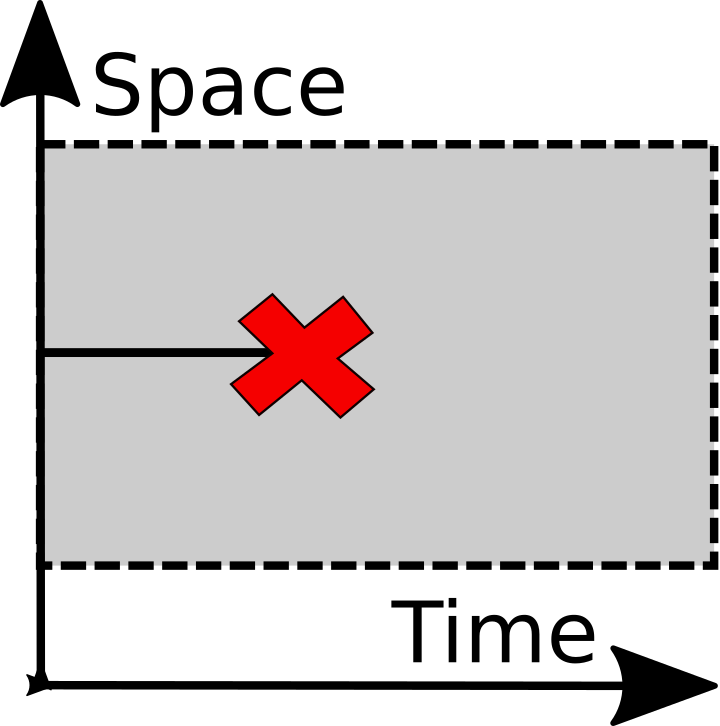 Destruction |
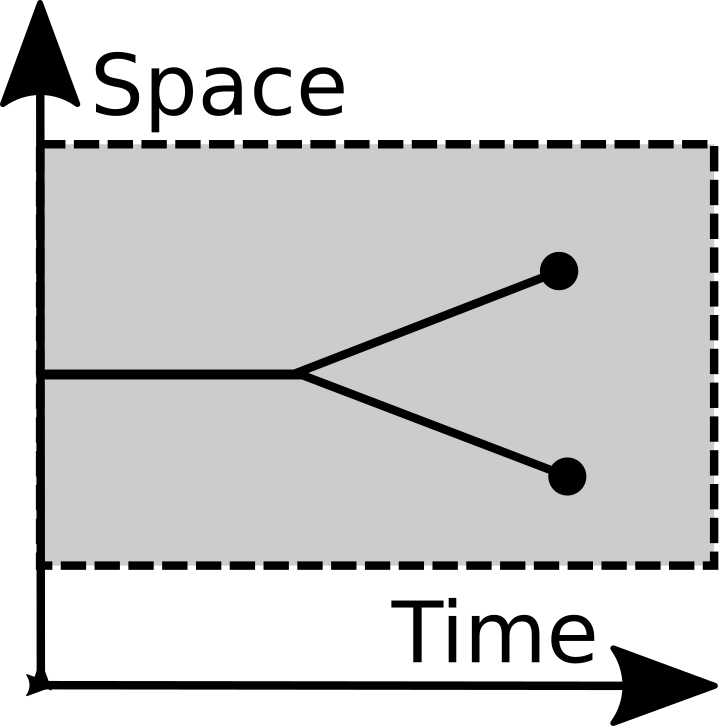 Splitting |
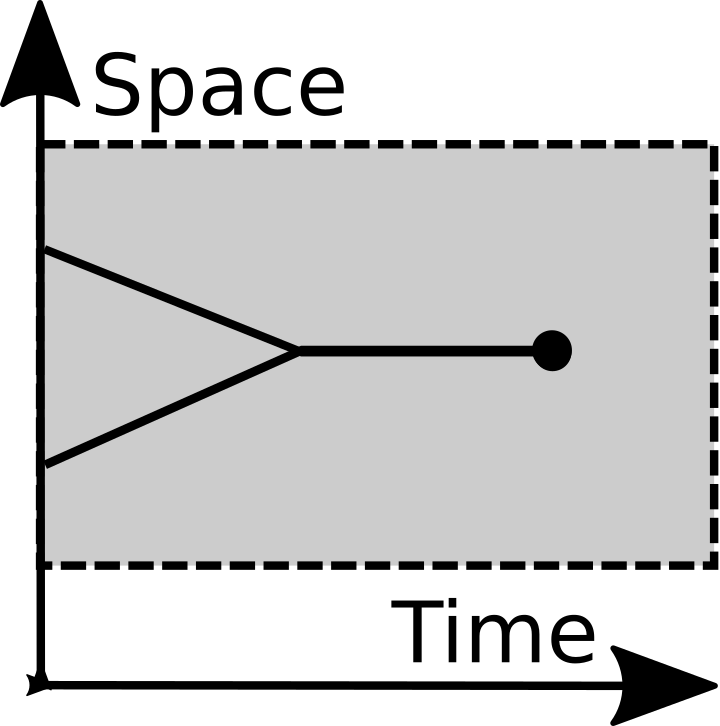 Merging |
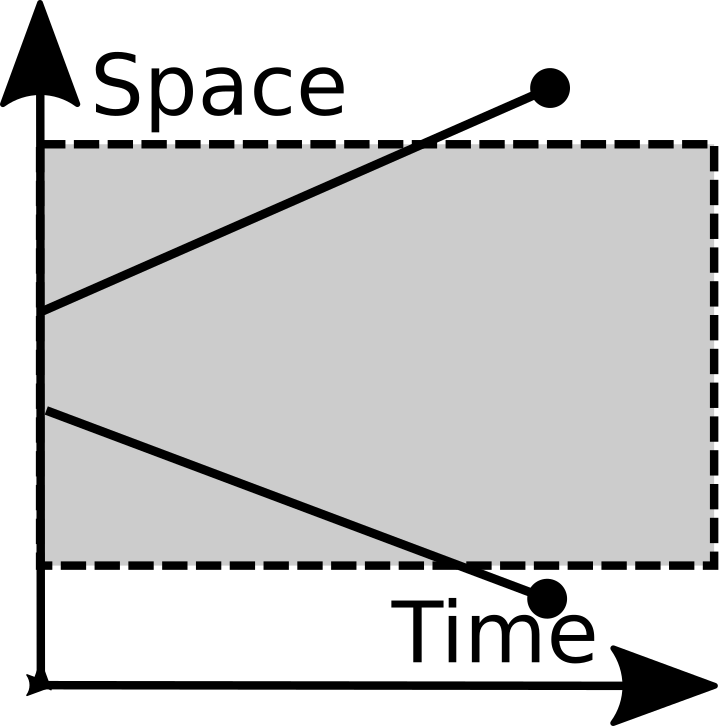 Emigration |
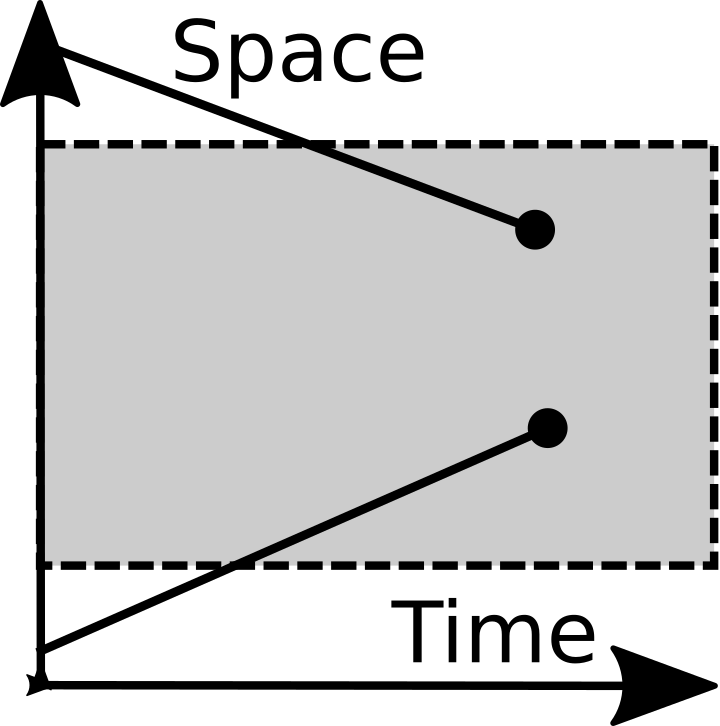 Immigration |
"Creation" refers to the construction of agents from non-agents. The most common way that agents originate is normally not "Creation" but "Splitting". An example of creation is the origin of life. However, creation can be more common than this suggests. For example as well as a first organism, there was a first ants nest and a first company.
The framework represents merging and splitting events from symbiology. Splitting is a common evolutionary primitive operation, but the significance of merging was not fully appreciated until the 1960s. Until then recombination was the only "merging" operation most evolutionists considered. Then it became seriously entertained that eucaryotic cells had symbiotic origins. While this endosymbiosis subsequently became widely-accepted science, it didn't have much effect on the foundations of evolutionary theory. Instead it was typically tacked on as an afterthought. Endosymbiosis was considered to be a rare accident during the history of life. Here, by contrast, merging is a primitive operation. It is the time reverse-operation of splitting.
Lastly immigration and emigration are included as fundamental operations. They are listed mainly because they are so important. If you are dealing with a closed system, feel free to reject them.
The framework is an alternative to the "selection-drift" framework, which seems to be one of the main ways in which the concepts of evolution are introduced to people. Selection includes both splitting and destruction, while here those are very different categories.
Historically this framework grew out of my Natural production and natural elimination. I noticed that adding more categories would help to improve the overall clarity. The concept of "evolutionary topology" is not mine. For earlier use see (for example): Topology of viral evolution (2013).










No comments:
Post a Comment